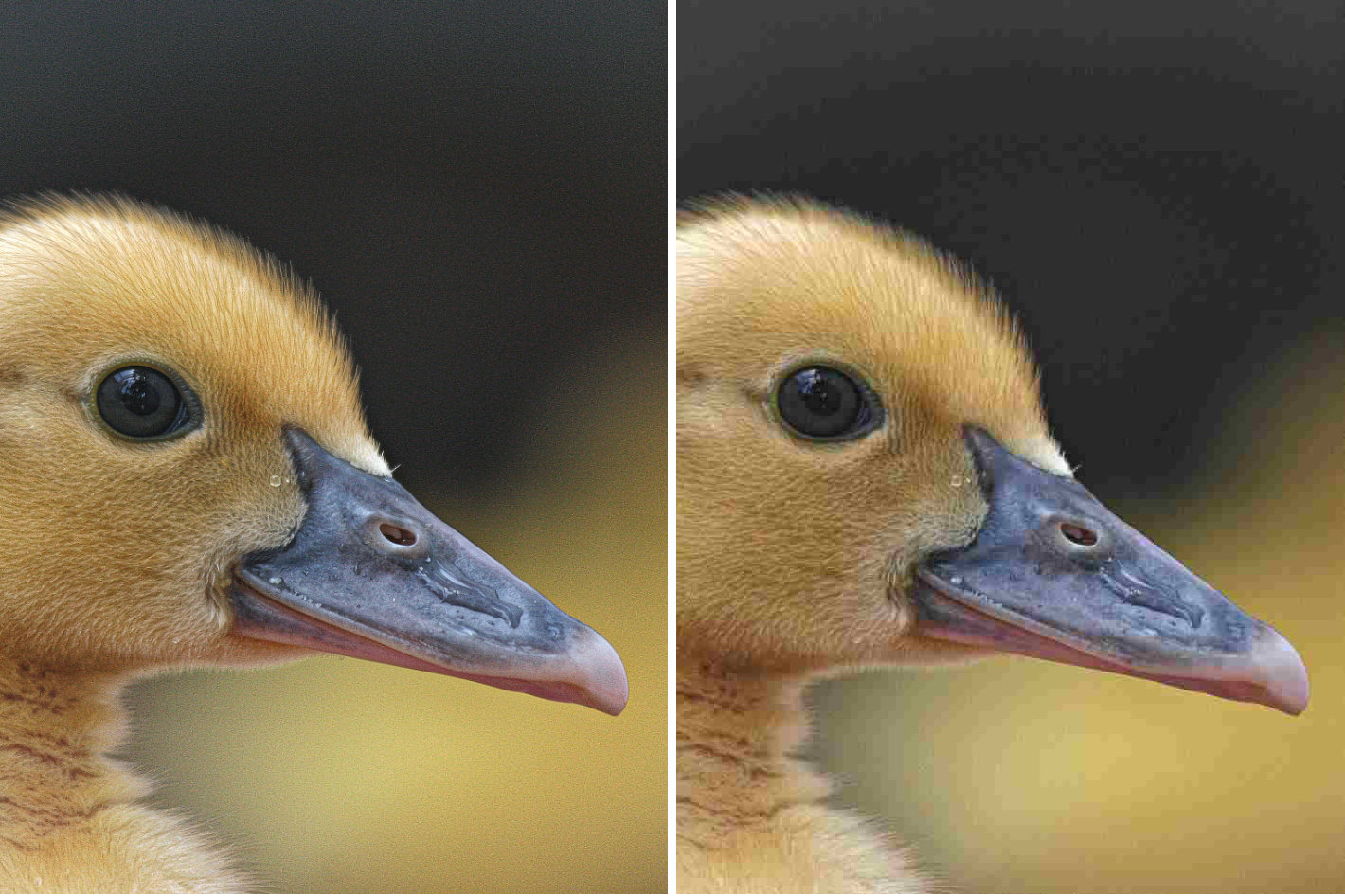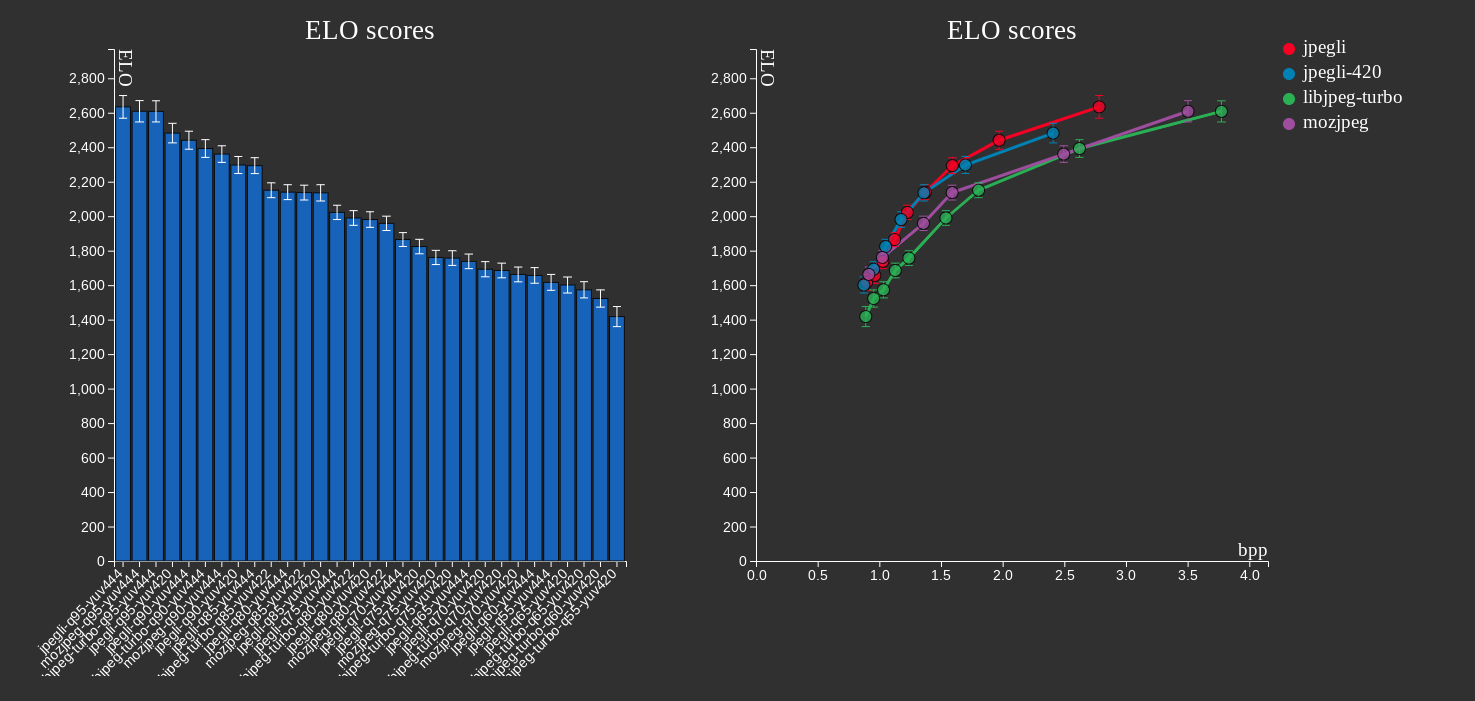
Able to compress high quality images 35% more than traditional JPEG codecs, the new Jpegli promises to make the Internet faster and more beautiful… if it ever gets the much needed support!
From the JPEG 2000 to Apple’s HEIF, the world is packed with formats that wanted to kill the old JPEG… and never did achieve their goal. For professional reasons I followed the JPEG 2000 saga, more than two decades ago, so I saw the story unfold. Developed from 1997 to 2000 by a Joint Photographic Experts Group committee, JPEG 2000 was selected as the video coding standard for digital cinema in 2004, but the reality is that the format is still not widely supported in web browsers and is not generally used on the World Wide Web.
In the realm of photography Kodak had their own ERI-JPEG, an Extended Range Image JPEG promising to rival RAW while using less space, about which I wrote a lot when it was launched. Later, Fujifilm JPEGs would attract photographers, and the in-camera JPEG – in Fujifilm’s camera models – could rival RAW, according to many users. I know it from experience as I used to capture mostly JPEGs with Fujifilm cameras because, as I wrote nearly a decade ago, “they work rather well.”
The search for new formats has given us names – and I mention only a few here – as JPEG-XT, JPEG-XL or AVIF, from 2019, which is designed to store images compressed with AV1 in the HEIF container format. In 2020 Netflix published tests revealing that AVIF showed better compression efficiency than JPEG, but nothing seems to be able to rock the king from its place. Even Google’s WebP, introduced in 2023 as the “modern image format that provides superior lossless and lossy compression for images on the web”, allowing webmasters and web developers to create smaller, richer images that make the web faster seems incapable of replacing JPG, PNG and GIF, the three formats it competes with, according to Google’s data.


So, in 2024 Google is back with another solution, as it introduces Jpegli, “an advanced JPEG coding library that maintains high backward compatibility while offering enhanced capabilities and a 35% compression ratio improvement at high quality compression settings.” Although the Internet has changed the way we live, work, and communicate, the company notes, “it can turn into a source of frustration when pages load slowly. At the heart of this issue lies the encoding of images.” The solution, according to Google has a name: Jpegli!
Designed to be faster, more efficient, and more visually pleasing than traditional JPEG, the new coding library uses a number of new techniques to achieve these goals, including:
- It provides both a fully interoperable encoder and decoder complying with the original JPEG standard and its most conventional 8-bit formalism, and API/ABI compatibility with libjpeg-turbo and MozJPEG.
- High quality results. When images are compressed or decompressed through Jpegli, more precise and psychovisually effective computations are performed and images will look clearer and have fewer observable artifacts.
- While improving on image quality/compression density ratio, Jpegli’s coding speed is comparable to traditional approaches, such as libjpeg-turbo and MozJPEG. This means that web developers can effortlessly integrate Jpegli into their existing workflows without sacrificing coding speed performance or memory use.
- 10+ bits. Jpegli can be encoded with 10+ bits per component. Traditional JPEG coding solutions offer only 8 bit per component dynamics causing visible banding artifacts in slow gradients. Jpegli’s 10+ bits coding happens in the original 8-bit formalism and the resulting images are fully interoperable with 8-bit viewers. 10+ bit dynamics are available as an API extension and application code changes are needed to benefit from it.
- More dense: Jpegli compresses images more efficiently than traditional JPEG codecs, which can save bandwidth and storage space, and speed up web pages.
According to Zoltan Szabadka, Martin Bruse and Jyrki Alakuijala – Paradigms of Intelligence, Google Research, authors of the article published by Google, “Jpegli works by using a number of new techniques to reduce noise and improve image quality; mainly adaptive quantization heuristics from the JPEG XL reference implementation, improved quantization matrix selection, calculating intermediate results precisely, and having the possibility to use a more advanced colorspace. All the new methods have been carefully crafted to use the traditional 8-bit JPEG formalism, so newly compressed images are compatible with existing JPEG viewers such as browsers, image processing software, and others.”
The authors say that “our results show that Jpegli can compress high quality images 35% more than traditional JPEG codecs” and so it is “a promising new technology that has the potential to make the internet faster and more beautiful.”
The claim made by the developers of the Jpegli coding library is not much different from the one made for previous formats, all intended to replace the original JPEG, which had its first specifications introduced in 1992… that’s 32 years ago. It’s a long reign that, despite all the promises of this new format, may well continue, because every other candidate was unable to replace the original JPEG as the dominant image standard. JPEG is, in fact, the most widely used image compression standard in the world, and the most widely used digital image format, with several billion JPEG images produced every day for both the web and social media.
Google has published the JPEG encoder and decoder implementation for Jpegli on GitHub, for anyone interested in testing the new and advanced JPEG coding library.

